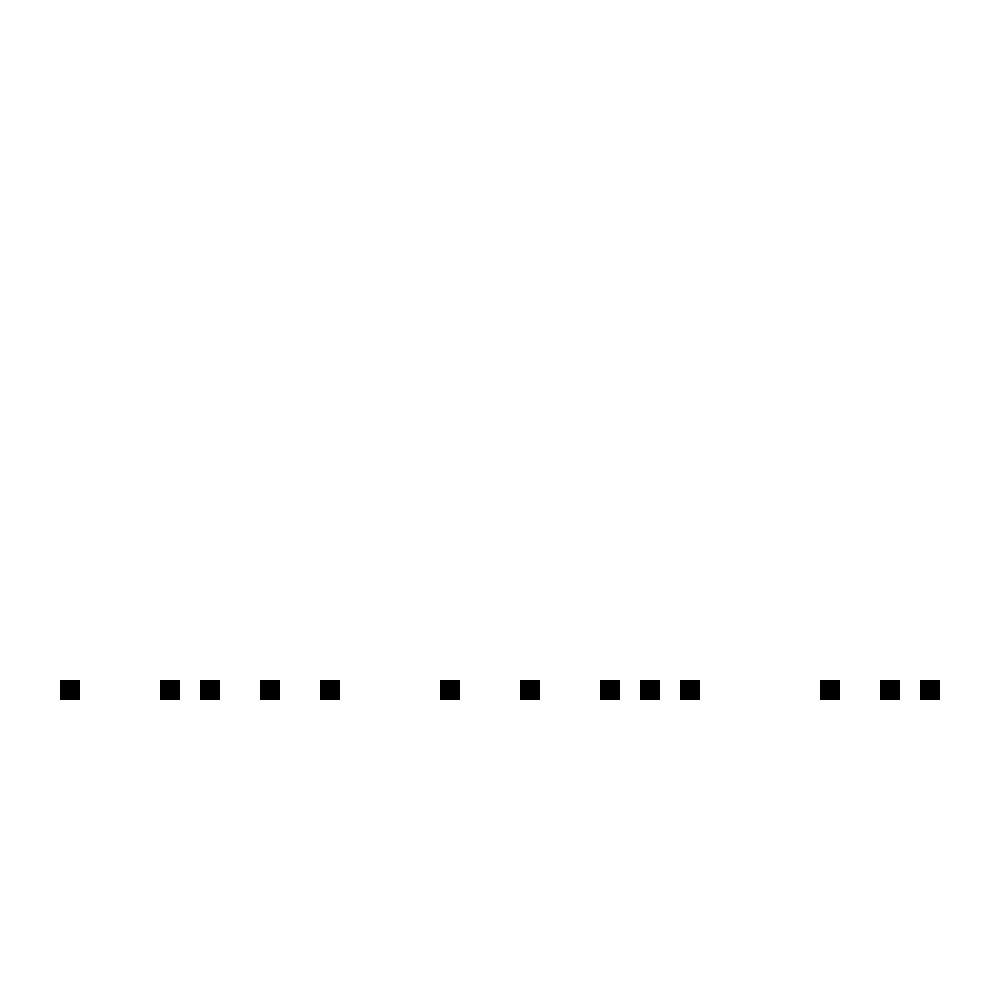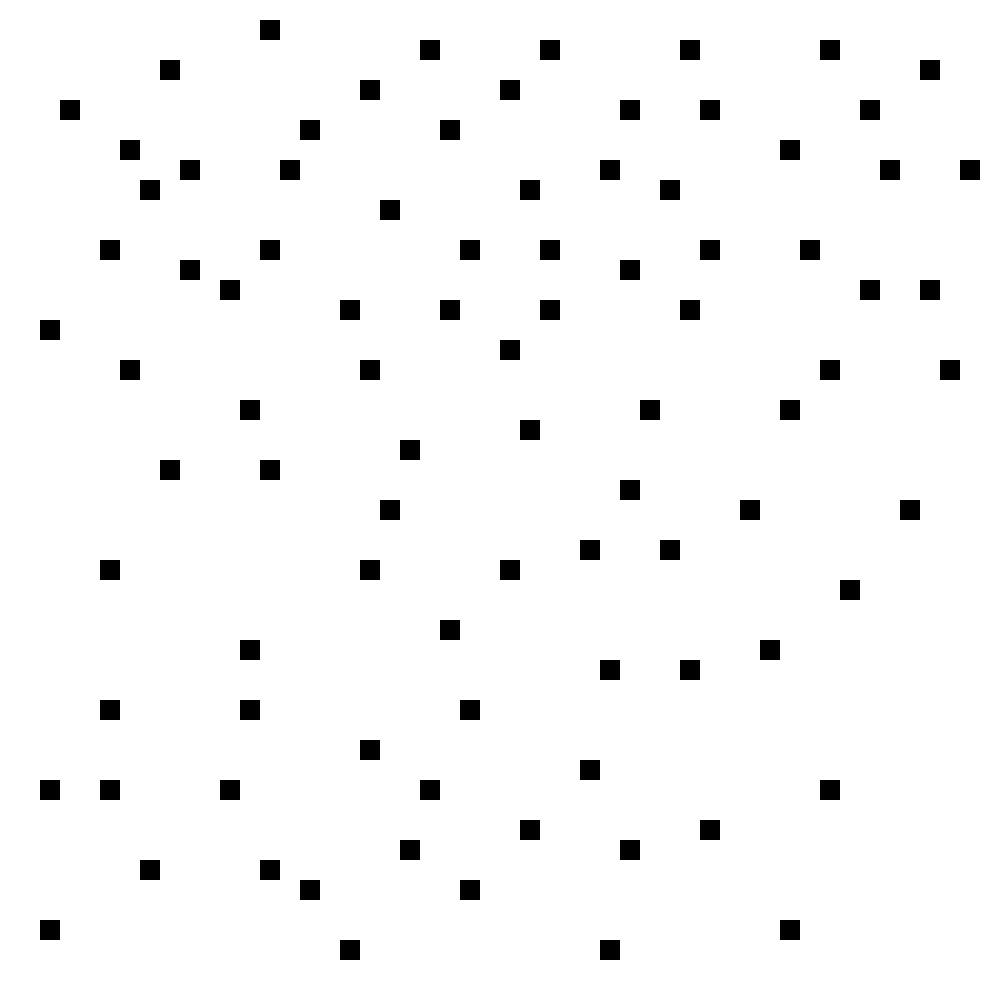Search: keyword:dual
|
|
| Displaying 51-60 of 60 results found.
|
( prev ) page 1 2 3 4 5 6
|
|
|
Sort:
id
Format:
long
Filter:
(all | no meta | meta)
Mode:
(words | no words)
|
|
|
|
|
|
| |
|
| BP1159 |
| Bongard Problems where examples are only sorted left if nothing indicates that they would be sorted right vs. vice-versa. |
|
| |
|
|
|
|
COMMENTS
|
Left-sorted Bongard Problems have the keyword "left-couldbe" on the OEBP.
Right-sorted Bongard Problems have the keyword "right-couldbe".
In a "couldbe" Bongard Problem, some relevant information is left out by the way objects are displayed. Solutions to "left-couldbe" BPs sound like "Could be a ___ vs. definitely not a ___" (and vice versa for "right-couldbe" BPs.)
To put it in mathematical jargon, there is a "projection" function from objects to pictures, such that objects satisfying property X are mapped to the same picture as objects not satisfying property X. Sorted on the "couldbe" side is the image (under projection) of the collection of objects satisfying property X.
Furthermore, usually X is a relatively narrow criterion, so that most objects do not satisfy it (see keywords left-narrow and right-narrow), and all pictures are in the image (under projection) of the collection of objects not satisfying property X. |
|
|
REFERENCE
|
Consider BP525, "Cropped image of a circle vs. not so." None of the left-hand examples are definitely an image of a circle, but they fit left because nothing indicates that they are not an image of a circle. A more pedantic solution to this Bongard Problem would be "There is a way of cropping a circle that gives this image vs. there isn't." |
|
|
CROSSREFS
|
See also the keyword seemslike, where neither side can be confirmed.
Either "left-couldbe" or "right-couldbe" implies notso.
Although the descriptions of "left-couldbe" and "right-couldbe" sound similar to left-unknowable and right-unknowable, they are not the same. It is the difference between a clear absence of information and perpetual uncertainty about whether there is more information to be found.
"Left-couldbe" is usually left-narrow and "right-couldbe" usually right-narrow.
Adjacent-numbered pages:
BP1154 BP1155 BP1156 BP1157 BP1158 * BP1160 BP1161 BP1162 BP1163 BP1164
|
|
|
KEYWORD
|
dual, meta (see left/right), links, keyword, side, viceversa
|
|
|
AUTHOR
|
Leo Crabbe
|
| |
|
|
| |
|
| BP1208 |
| More triangles left than right vs. more triangles right than left. |
|
| |
|
| |
| |
|
|
| |
|
| BP1213 |
| Axis of symmetry along the NW/SE diagonal vs. axis of symmetry along the NE/SW diagonal |
|
| |
|
|
|
|
CROSSREFS
|
Adjacent-numbered pages:
BP1208 BP1209 BP1210 BP1211 BP1212 * BP1214 BP1215 BP1216 BP1217 BP1218
|
|
|
KEYWORD
|
stub, dual, handed, leftright, updown, rotate, stretch, left-narrow, right-narrow, traditional, both
|
|
|
CONCEPT
|
diagonal (info | search),
symmetry_axis (info | search),
symmetry (info | search)
|
|
|
AUTHOR
|
Aaron David Fairbanks
|
| |
|
|
| |
|
| BP1214 |
| Left shape is bigger than right shape vs. right shape is bigger than left shape. |
|
| |
|
| |
| |
|
|
| |
|
| BP1216 |
| Arrow pointing north-west vs. arrow pointing south-east. |
|
| |
|
| |
| |
|
|
| |
|
| BP1217 |
| Bottom shape is bigger than top shape vs. top shape is bigger than bottom shape. |
|
| |
|
| |
| |
|
|
| |
|
| BP1245 |
| When two players alternate coloring regions, either can force connection from top edge to bottom edge vs. either can force connection from left edge to right edge. |
|
| |
|
| |
| |
|
|
| |
|
| BP1254 |
| Bongard Problems with solutions of the form "[X] vs. [representation of X]" vs. vice versa. |
|
| |
|
| |
| |
|
|
| |
|
| BP1271 |
| Positive correlation vs. negative correlation. |
|
| ?
 | ?
 |
|
|
|
|
|
COMMENTS
|
All examples in this Bongard Problem are scatter plots. Each dot represents a data point.
"Positive correlation" means that when the X value increases, the Y value tends to increase as well (in the long run), while "negative correlation" means that when the X value increases, the Y value tends to decrease. |
|
|
CROSSREFS
|
Adjacent-numbered pages:
BP1266 BP1267 BP1268 BP1269 BP1270 * BP1272 BP1273 BP1274 BP1275 BP1276
|
|
|
EXAMPLE
|
Example TM4854 does not fit on either side because when the X value increases, the Y value stays the same.
Example TM4855 does not fit on either side because there is no correlation. |
|
|
KEYWORD
|
fuzzy, minimal, unwordable, teach, spectrum, dual, handed, leftright, updown, rotate, stable, hardsort, left-narrow, right-narrow
|
|
|
AUTHOR
|
Ben
|
| |
|
|
| |
|
| BP1272 |
| Square minus circle vs. circle minus square. |
|
| ?
 |
|
|
| |
| |
|
|
Welcome |
Solve |
Browse |
Lookup |
Recent |
Links |
Register |
Contact
Contribute |
Keywords |
Concepts |
Worlds |
Ambiguities |
Transformations |
Invalid Problems |
Style Guide |
Goals |
Glossary
|
|
|
|
|
|
|
|
|
|